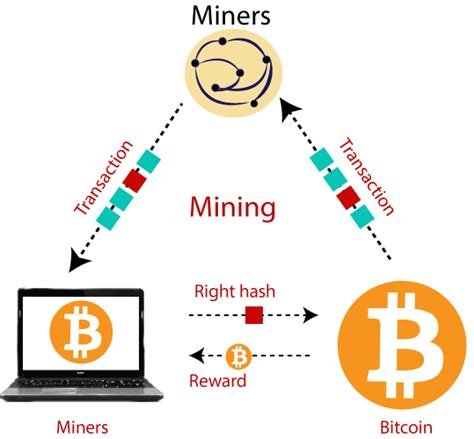Ethereum: Bitcoin mining algorithm
Ethereum: Understanding the basic elements of Bitcoin mining algorithms **
When it comes to cryptocurrency mining, the understanding of the basic algorithms is crucial for any investor or enthusiastic interested in obtaining an understanding of the technical aspects of blockchain technology. An aspect that is often overlooked is the Bitcoin mining algorithm used by Ethereum. In this article, we will sink into the basic elements of the Bitcoin mining algorithm and how it compares to its cousin, Ethereum.
Bitcoin operating algorithm **
Bitcoin’s mining algorithm was designed to solve complex mathematical problems, which contributed to checking the network transactions and creating new blocks. The algorithm is known as the SHA-256 (secure hash algorithm 256). Here is a simplified process breakdown:
- Creating the block : A miner creates a block containing a set of unconfirmed transactions.
- Hash function: Miner generates a unique hash for each block, which serves as a digital fingerprint.
- Proof of work : Miners compete to find a hash that meets the specific requirements (eg, a certain number of leading zeros). This is known as work proof (POW).
- Validation of the block : Once a valid hash, the miner transmits it on the network and creates a new block.
- Reward : Miner who created the block is rewarded with new bitcoins.
Ethereum’s mining algorithm
Ethereum, on the other hand, uses a more complex algorithm called ETHASH (also known as Keccak-256). This algorithm is designed to be more energy and scalable than SHA-256 of Bitcoin. Here is a high -level overall image of Ethereum’s mining process:
- Creating the block : A miner creates a block containing a set of unconfirmed transactions.
- Hash function: Miner generates a unique hash using the Ethash algorithm, which is based on the Hashing Keccak-256 algorithm.
- Proof of work : Miners compete to find a hash that meets the specific requirements (eg, a certain number of leading zeros). This is known as work proof (POW).
- Validation of the block : Once a valid hash, the miner transmits it on the network and creates a new block.
- Reward : The miner who created the block is rewarded with new ether.
Comparison

While both Bitcoin and Ethereum use Sha-256 as a mining algorithm, there are some key differences:
* Energy efficiency
: Ethash is more energy efficient than Sha-256 of Bitcoin, which makes it a better choice for performance media.
* Scalability : Ethereum block creation time is faster (around 14 seconds) compared to bitcoin (around 10 minutes).
* Adjusting difficulty : Ethereum can adjust its mining difficulty in real time, while the mining difficulty of Bitcoin is fixed.
In summary, the Bitcoin mining algorithm is simpler and more energy efficient than Ethereum Ethash. However, the creation time of the Ethereum block and the general performance make it a more viable choice for certain cases of use. As in the case of any cryptocurrency, understanding the basic mechanics of the algorithm can help investors and fans to make the knowledge of their investments.